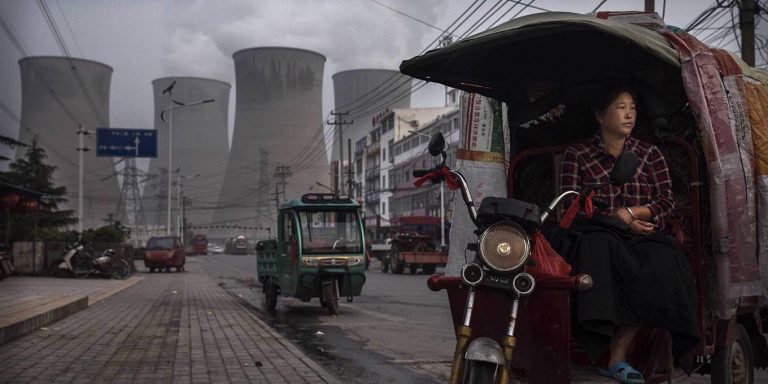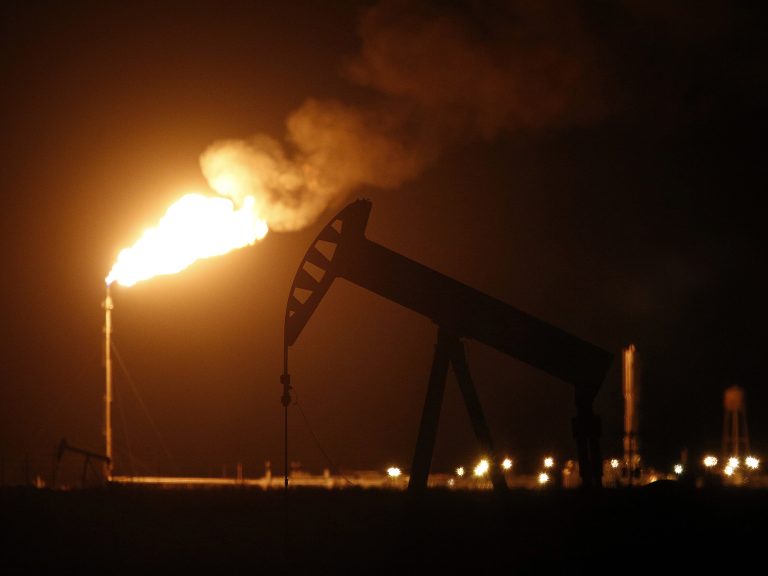QP affi liate books 3mn tpy throughput capacity in France’s LNG terminal

Under the agreement, Qatar Terminal Limited (QTL) – a subsidiary of Qatar Petroleum – will subscribe to the equivalent of almost 3mn tonnes per year (tpy) of the terminal’s throughput capacity for the next 15 years.
An affiliate of Qatar Petroleum and the French LNG terminal operator Elengy, a subsidiary of ENGIE Group, have entered into a long-term agreement for LNG receiving, storage and regasification services at the Montoir-de-Bretagne LNG Terminal in France.
Under the agreement, Qatar Terminal Limited (QTL) – a subsidiary of QP – will subscribe to the equivalent of almost 3mn tonnes per year (tpy) of the terminal’s throughput capacity for a term up to 2035.
Montoir-de-Bretagne LNG will thereby become a new LNG import terminal position for QP in Europe, facilitating the supply of Qatari and internationally sourced LNG to French and European customers.
The agreement is the result of a formal “Open Subscription Period” process that was concluded during the second half of 2019 pursuant to the rules of the French Energy Regulatory Commission (CRE).
The agreement was signed at a ceremony held in Paris on Thursday by HE the Minister of State for Energy Affairs Saad bin Sherida al-Kaabi, also the president and CEO of QP, and Sandra Roche-Vu Quang, CEO, Elengy, in the presence of Jean-Baptiste Lemoyne, France’s Minister of State attached to the Minister for Europe and Foreign Affairs.
At the signing ceremony, al-Kaabi said, “By signing this agreement, we are providing France, and Europe as a whole, reliable energy supplies, as well as increased utilisation of gas as a cleaner and more environmentally friendly source of energy.
“We are also taking another step into the future by establishing a long-term partnership with Elengy well into the next decade. And, we look forward to further strengthen this relationship in the future.”
Al-Kaabi also highlighted the strong Qatari-French partnerships in general and especially in the energy sector, as well as QP’s commitment to Europe’s energy security.
“Qatar Petroleum has long invested in and anchored LNG receiving terminal capacity in Europe. We have also played a key role in supporting the development of vital energy network infrastructure in Europe. As the largest LNG producer, we are committed to supporting the advancement of EU energy policy and to strengthening the security, reliability and flexibility of gas supplies into Europe,” al-Kaabi noted.
Roche-Vu Quang said, “Today is a key milestone for Elengy. As pioneers in the LNG industry, we are extremely proud of this agreement with our Qatari partners, a major step which hopefully will result in an even closer co-operation in the coming years. This contract secures long-term activity at the Montoir-de-Bretagne terminal.
“Our LNG hub for North West Europe offers customers optimum flexibility and an evolving range of services, from historical LNG regasification to small scale LNG, to meet the energy transition needs.”
Located on France’s Atlantic coast, the Montoir-de-Bretagne LNG Terminal was commissioned in 1980 and is fully regulated by the CRE. The terminal currently has 360,000 cubic metres of LNG storage capacity spread across three tanks and an annual throughput capacity of 10bn cubic meters of natural gas.
The terminal is operated by Elengy, which has over 50 years of LNG experience and operates two other terminals in France- Fos Tonkin and Fos Cavaou on the Mediterranean coast.
The ceremony was attended among others by senior executives from QP and Elengy.









BONN – In the face of climate change, providing reliable supplies of renewable energy to all who need it has become one of the biggest development challenges of our time. Meeting the international community’s commitment to keep global warming below 1.5-2°C, relative to preindustrial levels, will require expanded use of bioenergy, carbon storage and capture, land-based mitigation strategies like reforestation, and other measures.
The problem is that these potential solutions tend to be discussed only at the margins of international policy circles, if at all. And yet experts estimate that the global carbon budget – the amount of additional carbon dioxide we can still emit without triggering potentially catastrophic climate change – will run out in a mere ten years. That means there is an urgent need to ramp up bioenergy and land-based mitigation options. We already have the science to do so, and the longer we delay, the greater the possibility that these methods will no longer be viable.
Renewable energy is the best option for averting the most destructive effects of climate change. For six of the last seven years, the global growth of renewable-energy capacity has outpaced that of non-renewables. But while solar and wind are blazing new trails, they still are not meeting global demand.
A decade ago, bioenergy was seen as the most likely candidate to close or at least reduce the supply gap. But its development has stalled for two major reasons. First, efforts to promote it had negative unintended consequences. The incentives used to scale it up led to the rapid conversion of invaluable virgin land. Tropical forests and other vital ecosystems were transformed into biofuel production zones, creating new threats of food insecurity, water scarcity, biodiversity loss, land degradation, and desertification.
In its Special Report on Climate Change and Land last August, the Intergovernmental Panel on Climate Change showed that scale and context are the two most important factors to consider when assessing the costs and benefits of biofuel production. Large monocultural biofuel farms simply are not viable. But biofuel farms that are appropriately placed and fully integrated with other activities in the landscape can be sustained ecologically.
Equally important is the context in which biofuels are being produced – meaning the type of land being used, the variety of biofuel crops being grown, and the climate-management regimes that are in place. The costs associated with biofuel production are significantly reduced when it occurs on previously degraded land, or on land that has been freed up through improved agriculture or livestock management.
Under the 1.5°C warming scenario, an estimated 700 million hectares of land will be needed for bioenergy feedstocks. There are multiple ways to achieve this level of bioenergy production sustainably. For example, policies to reduce food waste could free up to 140 million additional hectares. And some portion of the two billion hectares of land that have been degraded in past decades could be restored.
The second reason that bioenergy stalled is that it, too, emits carbon. This challenge persists, because the process of carbon capture remains contentious. We simply do not know what long-term effects might follow from capturing carbon and compressing it into hard rock for storage underground. But academic researchers and the private sector are working on innovations to make the technology viable. Compressed carbon, for example, could be used as a building material, which would be a game changer if scaled up to industrial-level use.
Moreover, whereas traditional bioenergy feedstocks such as acacia, sugarcane, sweet sorghum, managed forests, and animal waste pose sustainability challenges, researchers at the University of Oxford are now experimenting with the more water-efficient succulent plants. Again, succulents could be a game changer, particularly for dryland populations who have a lot of arid degraded land suitable for cultivation. Many of these communities desperately need energy, but would struggle to maintain solar and wind facilities, owing to the constant threat posed by dust and sandstorms.
In Garalo commune, Mali, for example, small-scale farmers are using 600 hectares previously allocated to water-guzzling cotton crops to supply jatropha oil to a hybrid power plant. And in Sweden, the total share of biomass used as fuel – most of it sourced from managed forests – reached 47% in 2017, according to Statistics Sweden. Successful models such as these can show us the way forward.
Ultimately, a reliable supply of energy is just as important as an adequate supply of productive land. That will be especially true in the coming decades, when the global population is expected to exceed 9.7 billion people. And yet, if global warming is allowed to reach 3°C, the ensuing climatic effects would make almost all land-based mitigation options useless.
That means we must act now to prevent the loss of vital land resources. We need stronger governance mechanisms to keep food, energy, and environmental needs in balance. Failing to unleash the full potential of the land-based mitigation options that are currently at our disposal would be an unforgiveable failure, imposing severe consequences on people who have contributed the least to climate change.
Bioenergy and land-based mitigation are not silver bullets. But they will buy us some time. As such, they must be part of the broader response to climate change. The next decade may be our last chance to get the land working for everyone.